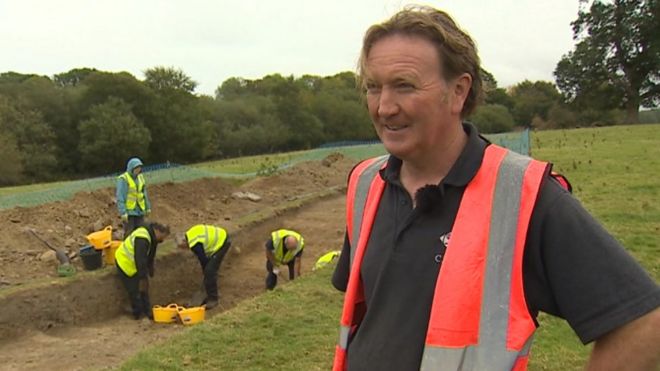Danish archaeologists have excavated the streets beneath Ribe to discover how the first city of the Viking age was established.
The bead-makers of 8th century Ribe used pieces of glass gathered from old Roman mosaics as their raw material. They didn’t have access to newly manufactured glass. This is one of the many details that tells us about the city’s network.
(Photo: Museum of Southwest Jutland)
If you want to know anything about the Viking Age, Ribe, in west Denmark, is the place to go.
Archaeologists from Aarhus University and Southwest Jutland Museums (Denmark) have been excavating the Viking city as part of the Northern Emporium Project in minute detail.
We have dug down to three metres, where we find traces of the first cities of the Nordic region.
Thousands of items discovered beneath the streets of Ribe
Deep beneath street level are thousands of Viking finds. We have discovered everything from beads, amulets, coins, and lost combs, to dog excrement and gnawed bones.
We have also been surprised on several occasions, such as when we discovered a piece of a lyre (a harp-like stringed instrument), complete with tuning pegs. This discovery alone gives the Viking trading city of Ribe a whole new soundtrack.
Read the rest of this article...

